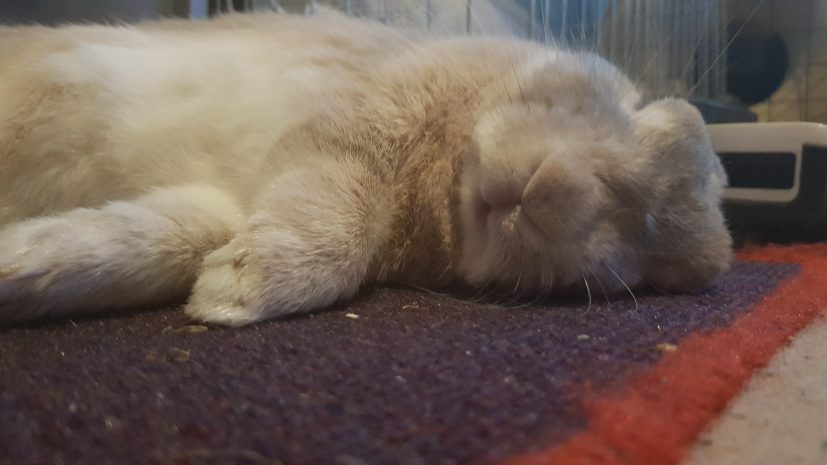
Rabbits are an extremely popular small pet, but they are often given away or abandoned due to misunderstanding of their needs, this is our “Rabbit Care Guide new Owners” will show you how easy it is to actually take care of your new furry friend.
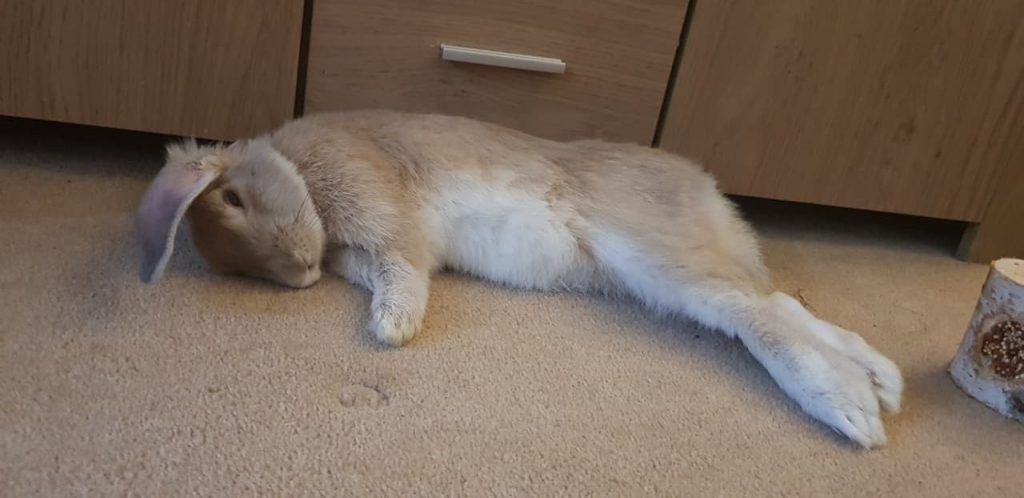
Rabbits whilst delicate, are actually very self-sufficient, as such they’re very easy to take care of on a daily basis. Whilst I don’t agree they’re good for first-time pet owners and children, I do believe they’re great companions for anyone who doesn’t have room for a dog.
Rabbits have so much personality underneath their cute exterior, they’re mischevious, naughty, funny, cute, curious and downright selfish. But we love them.
There are two types of rabbit housing, inside and outside, in some rare cases you will have a rabbit that does both.
If you keep your rabbit outside, you will need to make sure they have lots of room to exercise as well as a climate which keeps them the right temperature (warm/cold).
You will also need to keep their cage very secure, if the cage is on the floor it’s okay to have a wire bottom as this will help keep predators out. and the floor itself will be solid.
If your cage utilises a wire mesh bottom but isn’t on the ground level, you should look to replace it or add a solid ground.
Ideally, you want to keep your rabbits in a totally enclosed, secure and safe area.
During winter, you may want to invest in a heat mat which you can microwave prior to putting them away and insert into the corner of their cage.
The rabbit cage itself should meet these minimum requirements with ideally 2 floors to allow them room to roam:
We do ideally suggest getting bigger if possible.
If your rabbit is outdoors, they will need plenty of bedding to keep them warm, one of the more common and popular options is CareFresh, however, if you’re looking for alternatives, check out our suggestions here for bedding and litter:
| Our Choice | Runner Up | Community Best | |
|---|---|---|---|
| Preview | 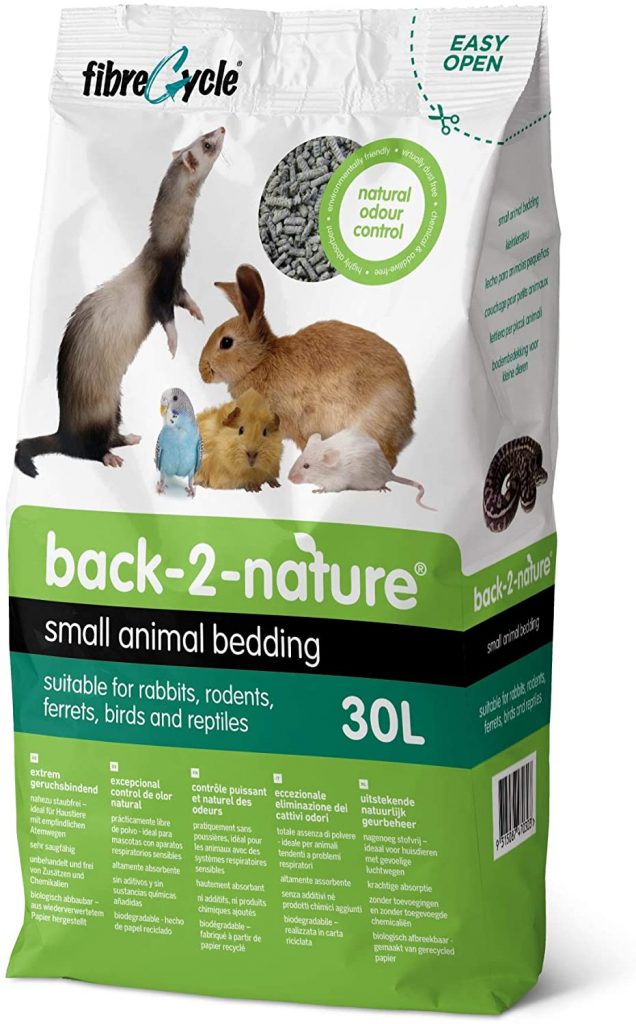 |  |  |
| Name | Back 2 Nature Small Animal Bedding (30L) | Kaytee Small Animal Potty Training Litter (8lb) | Carefresh Small Pet Bedding (56L) |
| Customer Rating | 5/5 | 4.5/5 | 4.5/5 |
| Our Rating | 5/5 | 4.5/5 | 4/5 |
| Price | $48 | $7.99 | $16.99 |
| More Information | Check it out | Check it out | Check it out |
For an indoor cage, we personally don’t put any hay or bedding down because the house is warm enough. Instead, we offer our rabbit the sofa, carpet, under the radiator etc.
If possible, put a bite proof mat down and use a set of rabbit run cage walling to create your own cage. This provides them with enough space as well as a flexible shape.
We suggest getting the rabbit runs that can be modified and extended easily, this allows for vertical and horizontal expansion. Great for bonding pairs of rabbits as well as moving.

This isn’t viable for everyone, but that’s okay, if you can’t give your rabbit a whole room for warmth, we do suggest using bedding. This can be thinned over the season and will require changing once a week at least.
You can replace the common bedding with cardboard, paper, hay or straw.
You should still have an extension to your cage for running around and exercise, if you’re not sure on what to use, definitely check out our rabbit exercise recommendations.
You should keep the indoor rabbit cage out of the way of other animals, like cats and dogs as rabbits don’t always get along with other animals. It is possible that your rabbit is fine with other pets but this really depends on their temperment.
You rabbit is going to eat a majority of hay, this should be around 70% premium dust-extracted hay mixed with fresh grass. If you can definitely try mixing the types of hay available to create a hybrid of the following:
This mixture will provide your rabbit with a lot of varying nutrients and will keep your rabbit healthy.
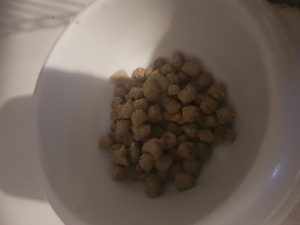
You should always test each hay individually first so that you can determine which brands and types of hay your rabbit doesn’t like.
25% of your rabbit’s diet should be fresh produce like fruits and vegetables. You can read about which vegetables to give your rabbit. And lastly, the 5% you have should contain Alfalfa pellets.
Litter training won’t happen quickly for younger rabbits, the older you rabbit the easier it is to teach them where to use the loo. In most cases, a rabbit will show you where their most comfortable toilet area (usually a corner of a room).
How long does it take to litter train a rabbit? – Litter training your rabbit can take anywhere from 1 week to a few months, so expect some accidents when doing so.
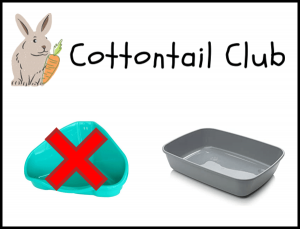
In most cases, your rabbit won’t want to be handled. This is especially the case if you’ve not had them for a long time and the trust still isn’t built.
When you are able to hold your rabbit, the top priority is the safety of your rabbit. Rabbits have extremely fragile spines and as such if they struggle (Which they often do), they may hurt themselves.
Do NOT pick up your rabbit by their ears or the scruff of their neck.
When holding your rabbit, do so gently, make sure you’re supporting their back and behind whilst holding them against your body. Try not to leave a rabbit on their back as this will put them into a trance state.
Once you have their cage ready, indoor or outdoors you’ll need to purchase a variety of products to make sure their needs are met. These are the essentials for any rabbit owner:
| Product Type | Our Recommendation |
|---|---|
| Litter Box |  |
| Grooming Tools |  |
| Water Bowl (Not Bottle) |  |
| Food Bowl |  |
| Hay Feeder |  |
| Hidey Hole |  |
| Chew Toys |  |
| Regular Toys |  |
| Rabbit Run/Pen |  |
| Rabbit Proofing |  |
| Find all our recommendations here |
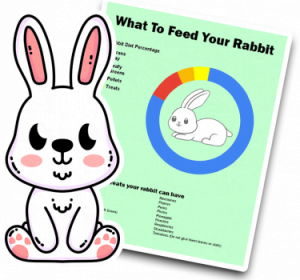
By entering your email address you agree to receive emails from Cottontailclub. We'll respect your privacy and you can unsubscribe at any time.